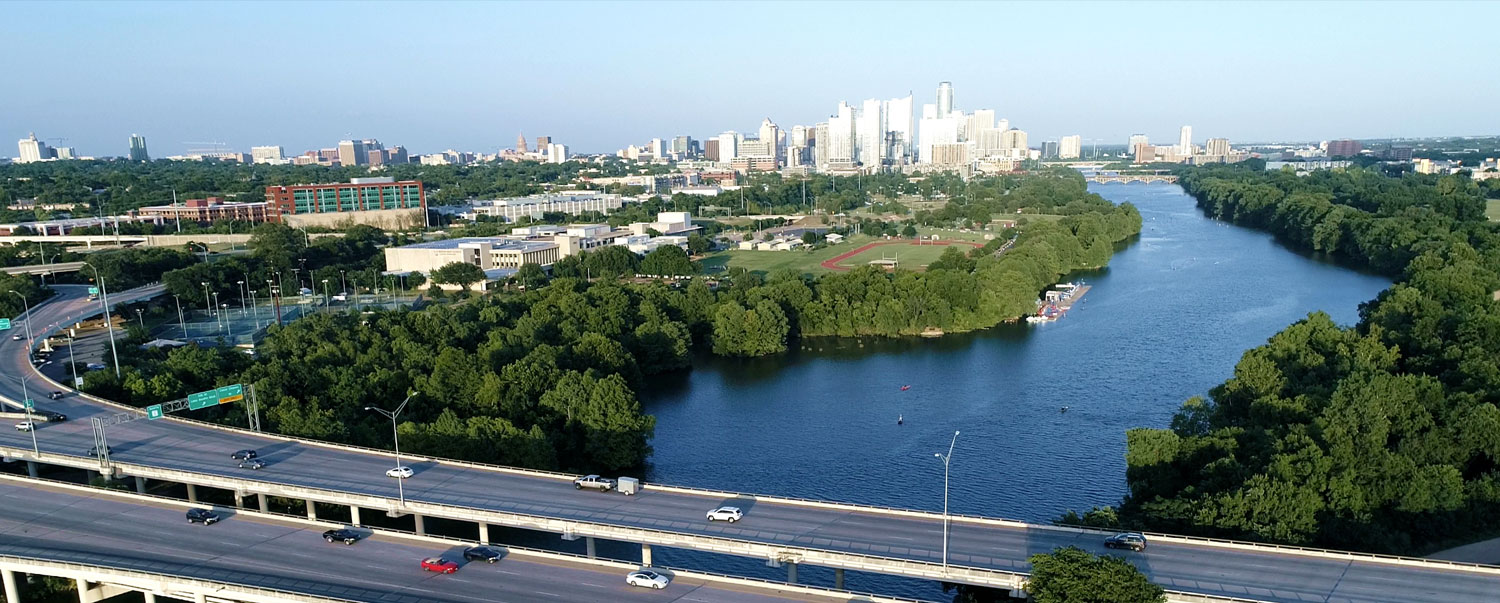The CAMPO 2050 Regional Transportation Plan is a multimodal transportation plan that covers the Central Texas Region including Bastrop, Burnet, Caldwell, Hays, Travis, and Williamson counties. The plan anticipates the transportation needs for the next 25-years including driving, walking, biking, transit, freight, and the use of emerging technologies. It also forecasts transportation funding and identifies projects and programs likely to be implemented through the year 2050.
Visit the online open house or attend an in-person open house to review projects submitted for the 2050 Plan, read the draft 2050 Plan document, and complete a survey or submit comments. A public hearing for the 2050 Plan is anticipated at the April 14 CAMPO Transportation Policy Board meeting. Call 512-651-3964 to request information and a survey by mail.
The 2050 RTP process includes:
- Robust public engagement and stakeholder involvement
- Updates to the Active Transportation Network (sidewalks, bike lanes, and trails)
- Opportunities to improve regional transportation connections
- Strategies to manage travel demand and congestion
- Transit investments designed to create more travel choice and affordability
- Safety enhancements for all users of the transportation system
- Incident Management to reduce the impact of crashes and travel disruptions on traffic flow (coordination with first responders and use of technology to notify travelers of delays and availability of alternate routes)
Help plan for the future of transportation in Central Texas
Ever think about ways to make it easier to get around our region? CAMPO wants to hear your thoughts! Your participation and input are key in determining preferences and priorities for the 2050 Regional Transportation Plan. Two rounds of public outreach will take place prior to the CAMPO Transportation Policy Board’s anticipated action on the 2050 Plan in May 2025.
For many, having options to travel around the region is essential each day – but even if you rarely travel long distances, regional planning still affects you.
Regional planning gives access to:
- Multiple modes of transportation – Different land uses and different persons’ abilities and preferences require different types of transportation.
- Economic opportunities – Transportation is a vital piece of the puzzle for businesses to function properly, including access to employees, customers, and freight.
- Resources and goods – From the soap you love to your favorite foods, each item you buy at the grocery store arrives via the transportation network. A well-connected network helps to support a variety of products and resources.
- Employment, Housing, Recreation – Connected transportation systems ensure adequate access to our daily needs and increases our ability to make choices about where we live, work, shop, and recreate.
- Emergency services and security – Emergency vehicles need reliable connections to provide timely services. Beyond daily EMS operations, it is important to plan for natural disasters with complete and well-detailed evacuation routes.


